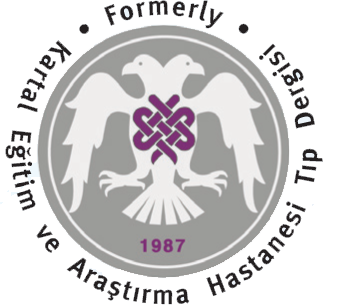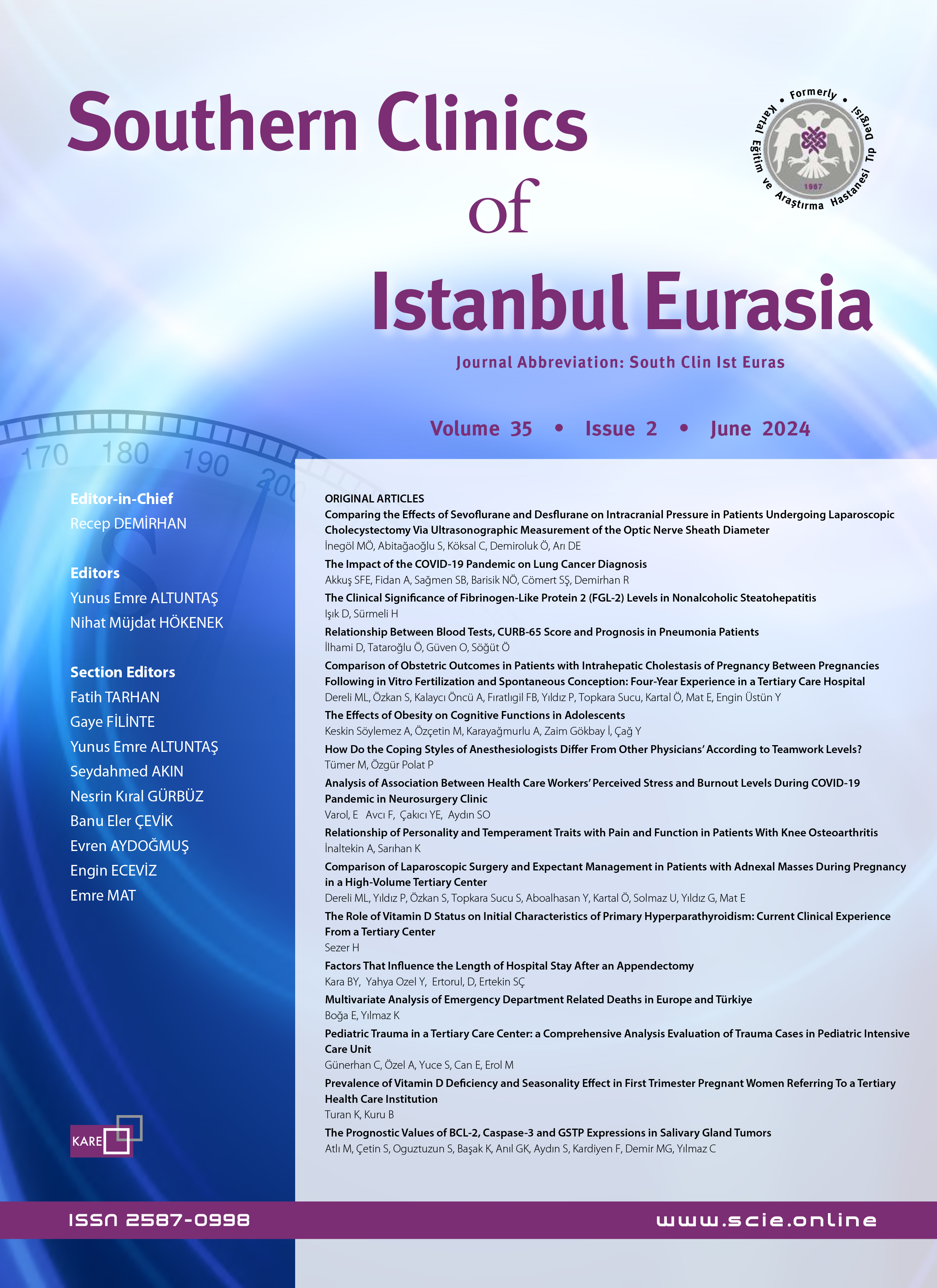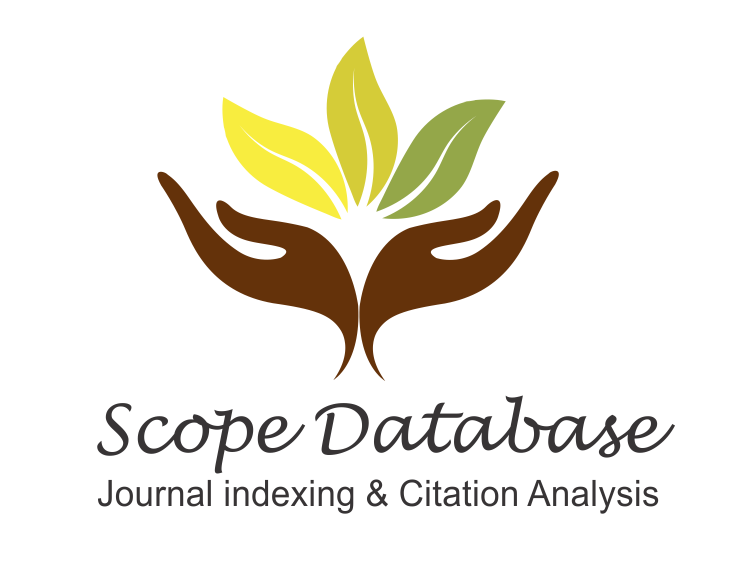Volume: 6 Issue: 1 - 1995
| RESEARCH ARTICLE | |
| 1. | THE APPLICATION OF BUPIVACAINE 0.5% WITH EPIDURAL CATHETER IN LABOR ANALGESIA Zeynep Parlar, Birol Cengizoğlu, Mesut Ünsal, Kadir Güzelmeriç, Mehmet Osmanağaoğlu, Orhan Ünal Pages 523 - 526 This study is performed at Ministry of Health Kartal Education and Research Hospital, Department of Obstetrics and Gynecology. In this study, we investigated the effects and adverse effects on the mother and fetus of Bupivacaine 0.5% which is applicated by epidural catheter for providing a pain: free labor. In two groups in that is applicated and non-applicated epidural analgesia, the visuel analog scors, the duration of analgesia, the changes heamodynamics, the adverse effects, the Apgar scors, PO 2, PCO2 and pH values of mother and newborn are evaluated. Between two groups on the regards of parameters examinated, it has not been found the significantly consequence which have adverse effects on the mother and fetus. In the group in that epidural analgesia is applicated, at the first day of post-partum it has been determinated that the decreasing of pain with 60 % as quite good, 30 % as good Although the duration of the second stage does prolong, the minimal changes which is not accepted as a complication, of the stability hemodynamic and it has minimal risks to the parturient and no-adverse on the fetus, we determinated that the method of epidural catheter of bupivacaine 0,5 % is useful with confidently for obstetric analgesia. |
| 2. | A RETROSPECTIVE REVIEW OF PATIENTS WITH MENINGITIS TREATED AT OUR PEDIATRICS CLINIC Nurdan Kuş, Nadir Girit, Yasemin Akın Ekmekçioğlu, Gülnur Tokuç, Ahmet Özgüner Pages 527 - 531 A retrospective review of 310 patients hospitalized at our pediatrics department with a diagnosis of meningitis between 1990 and 1994 was made. Of 310 patients, 137 were girls and 173 were boys. The cases included aseptic meningitis (n=42), tuberculous meningitis (n=19), neonatal meningitis (n=21), and purulent meningitis (n=228). Of patients with purulent meningitis, 47 had meningococcal meningitis, with M. meningitidis being the commonest cause and in consistence with seasonal variations. We noted that the incidence of purulent meningitis was higher in winter months accompanied usually by upper respiratory tract infections, and that 76% of aseptic meningitis cases resulted from mumps with a higher incidence in summer and fall seasons. We found that 42% of purulent meningitis cases occurred during the first year, that there was a higher incidence of aseptic meningitis at about five years of age, tuberculous meningitis being more common at about 3 months to 3 years. Hydrocephalus was the most commonly documented complication in all meningitis cases, but aseptic meningitis, followed by spasticity and inappropriate antidiuresis in tuberculous meningitis, and spasticity and subdural effusions in purulent meningitis. The most commonly encountered microorganizm was gram-negative diplococcus in purulent meningitis. Prevalence of seizures was 47.3% and 47% in tuberculous meningitis and neonatal meningitis, respectively. Patients with tuberculous meningitis presented with a filtration rate of 73% and a BCG positivity of 37%. Of all study patients, mean PPD result was 15.8 mm. We also found that tuberculous meningitis was accompanied by a high incidence of lung tuberculosis. Mortality rate was the highest in tuberculous meningitis, followed by neonatal and purulent meningitis, respectively. |
| 3. | HYPERTENSIVE CRISIS THERAPY WITH SUBLINGUAL CAPTOPRIL AND NIFEDIPINE Rahmi Irmak, Ali Yayla Pages 532 - 533 We evaluated efficacy and safety of sublingual captopril and nifedipine as an acute hypertensive therapy in 20 patients with hypertensive crisis. Twenty patients (mear age 59.8 years) with hypertensive crisis were studied. The patients dissolved 25 mg captopril plus 10 mg nifedipine sublingual. The patients blood pressure and at 5,10,20,30,45,60,75,90 and 120 minutes after drug administration. Blood pressure began to decrease five minutes after captopril and nifedipine administration. Mean time of maximal reduction was within 30 minutes. This effect was maintained over two hours. The results at our study indicate that sublingual captopril and nifedipine have no side effects and are effective drugs in patients with hypertensive crisis. |



















